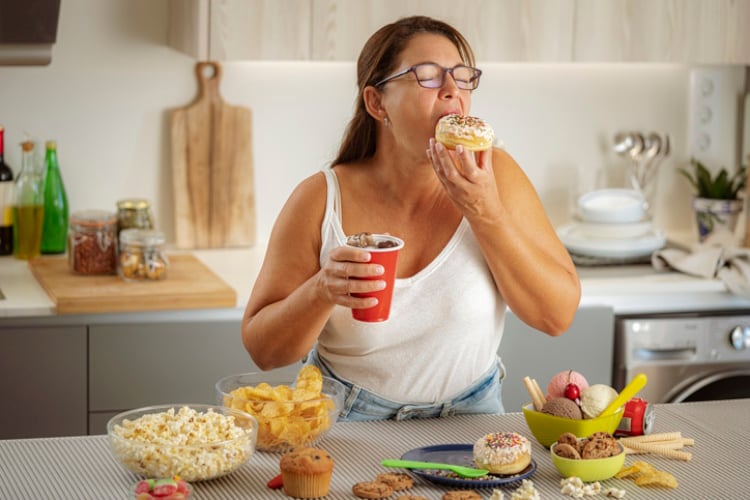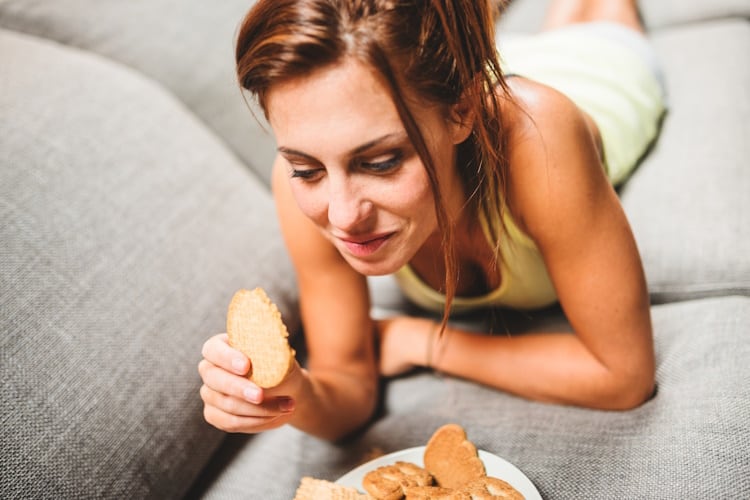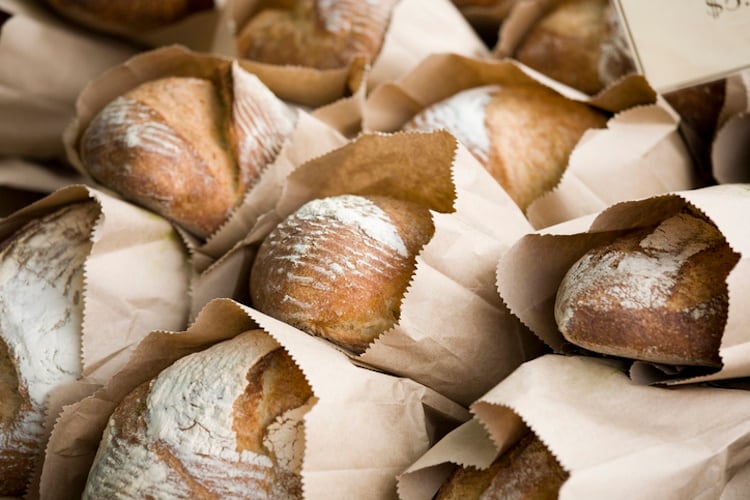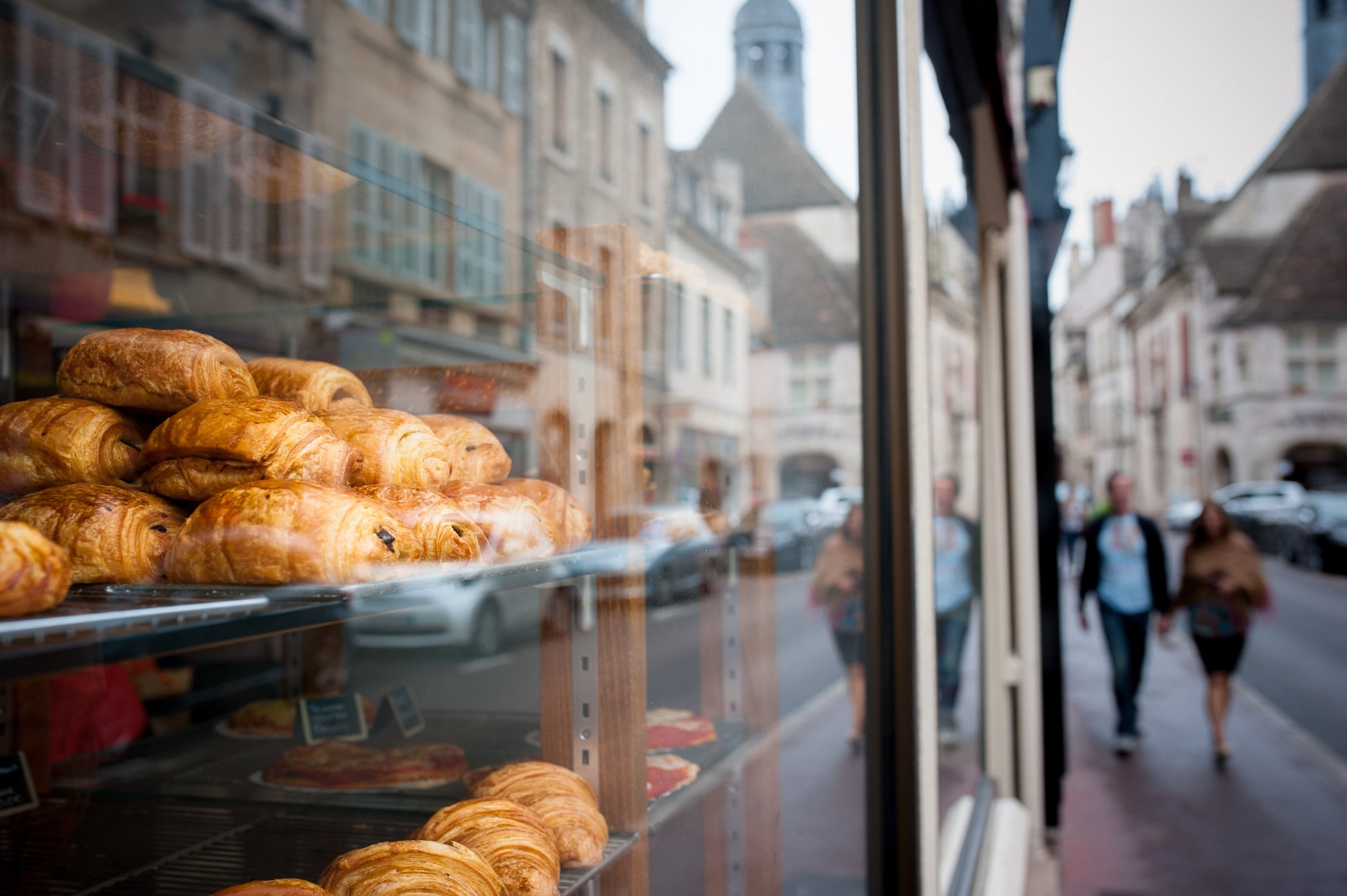Key takeaways:
- Consumers are craving multi-sensory indulgence, pushing bakery and snack makers to design products that engage touch, sound and emotion – not just taste.
- Brands like Mondelēz and Puratos are translating texture into a strategic advantage, using data to predict and shape sensory trends before they peak.
- In 2026, success will favor those who turn eating into an experience — crafting snacks that are seen, heard, and felt as much as they’re tasted.
Ask a shopper what makes a croissant, cookie or snack irresistible and they’ll start with flavor. That first hit of butter or chocolate still wins the heart. But what turns a good bite into a great one is what happens next – the pull, the snap, the soft give in the center. Texture’s moved from afterthought to obsession and it’s reshaping how bakers and snack makers think about indulgence.
Puratos’ Taste Tomorrow 2026 report – based on 23,000 consumers worldwide – ranks ‘memorable experiences’ among the top three forces defining the future of bakery, patisserie and chocolate. In fact, a whopping 71% say texture drives enjoyment, while 67% look for surprise through contrasting layers and sensations.
Melissa Davies, senior manager for global insights and trendspotting at Mondelez International, says the mindset behind snacking is changing. “Consumers are making more intentional choices about how they enjoy their favorite snacks. People are looking to balance enjoyment and wellness, and that’s driving a shift toward mindful eating.”
It’s not about less; it’s about better and finding that small moment of theater in every bite.
Indulgence gets a texture upgrade

Flavor houses are tracking the same shift. ADM’s 2026 Flavor and Color Trends describes a hunger for ‘tantalizing taste and texture theater,’ while Euromonitor calls it the ‘multisensory moment.’ Both point to a broader truth: when life feels uncertain, people turn everyday eating into a source of joy.
You can see it all over social feeds. Clips showing bakers slicing into crackly croissants or breaking open gooey cookies have exploded across social platforms, with millions tuning in for that sensory hit, according to Tastewise and Datassential. Food isn’t just being tasted; it’s being performed.
Search data backs it up. Puratos reports mentions of ‘seven-layer chocolate cake’ climbing 121%, and ‘chocolate crinkles chewy and moist’ up 184%. It’s proof that multi-textural treats have gone mainstream.
Euromonitor’s Five Snack Trends to Watch 2026 found that 63% of consumers now treat snacks as ‘little luxuries’. They want pleasure that feels earned – smoothness, crunch, stretch or creaminess that signals craftsmanship. Mintel’s Global Food & Drink Trends 2025 calls it the move from ‘mindless to mindful’ indulgence: fewer bites, but better ones.
From comfort to ‘newstalgia’

ADM labels this crossover of old and new as ‘newstalgia dreamland’ – classics reimagined with sensory twists. Think yuzu-glazed donuts, ube-filled cruffins or cookies layered with cereal crunch.
Mondelez’s State of Snacking 2025 shows that 68% of consumers still crave childhood favorites, but they’re chasing freshness, too. Hence the surge in hybrids like brookies, crookies and filled brioche buns.
Texture bridges nostalgia and novelty. A crisp shell over a soft center feels modern yet familiar. Bakeries from Chicago to Tokyo are leaning into it – topping croissants with caramel shards, piping mousse into cookies, layering breads with seeds or crumble. Each adds a tiny spark of surprise, a sensory hook that flavor alone can’t deliver.
The emotional side of texture

IFF’s study of India’s Generation Alpha – more than 390 million kids born after 2010 – adds an emotional layer. For them, how food feels carries meaning: soft and warm equals love, melty and cheesy means celebration, crunchy reads as fun.
Jayant Kapre, VP of Commercial for IFF Taste India, says those connections last. “By uncovering what brings them happiness – emotionally and nutritionally – this research empowers our partners to design products that truly resonate.”
Mondelez’s global research shows the same pattern in adults with 78% saying snacks help them pause and feel present; while 61% link them to social connection. ADM calls it ‘sensory self-care’ – the use of food to manage mood, nostalgia and focus. Texture delivers those cues faster than flavor: it crunches stress, melts anxiety, calms the noise.
Retail gets in on the feel-good game

At retail, texture’s becoming part of the packaging brief. TC Transcontinental Packaging and Mintel found that convenience-store snacking is up 50% since 2018 and that tactile design now drives loyalty. Bags that open cleanly, wrappers that show layers, resealable pouches that keep crispness – they all matter.
Euromonitor data shows single-serve bakery and snack packs rising 9% in 2024 as consumers seek quick indulgence with a crafted feel. ADM’s ‘Give Me More’ trend speaks to that craving for sensory payoff in compact form.
Nestlé’s 2026 Food & Beverage Trends adds a home angle: 75% of Gen Z consumers now customize their drinks with foam, creamers or textured toppings. That experimentation’s spilling into bakery and snacks, from whipped-cream-topped pastries to cookies with molten centers. Retail buyers report the same story – shoppers want excitement they can afford daily.
Designing for experience

Texture’s not just about product development anymore – it’s a design language shaping how snacks are made, packaged and even talked about.
Melissa Davies, senior manager for Global Insights & Trendspotting at Mondelēz International, says consumers are becoming fluent in that language. “We’re hearing consumers talk about crunch, smoothness, meltability … all these textural elements that really enhance enjoyment,” she says.
That attention to detail’s reshaping how brands innovate. Mintel analysts note that sensory triggers like crunch or stretch often drive repeat purchase because they build memory. The sound of a crisp bite can be as distinctive as a logo.
Bakers are layering fillings that change texture mid-bite. Snack makers are dialing in crunch to specific decibel levels. Packaging teams are experimenting with matte papers, soft-touch films and transparent windows to extend the sensory story from shelf to hand.
Flavor will always win the first bite, but it’s texture that earns the second. The pull, the crunch, the melt - these are the small moments that make a product stick in someone’s mind. More than novelty, they’re proof of care.
That’s where the opportunity lies for bakers and snack makers in 2026. The brands that rise will be the ones that think beyond recipes, designing treats that feel as good as they taste - indulgence with emotion baked in. Because when food makes you feel something, you remember it.
5 moves to build an experiential treat
1. Design the moment of bite: Decide what you want consumers to feel in that first second – the ‘snap’, ‘ooze’, or ‘stretch’ – then engineer structure and moisture balance to hit it every time. Texture isn’t luck; it’s precision.
2. Make layers visible: Use clear packs, windows, or deliberate cuts that show strata. Pair with descriptive language on pack or POS to set a sensory expectation before the first bite.
3. Anchor in story: Pick one authentic thread – origin, craft, collaboration, community – and carry it through packaging, retail and social. A texture with meaning sticks longer in the mind.
4. Create a ritual: Add a finishing step or interactive element that lets consumers play their part – a whip-top, a crackle sachet, a ‘break here’ seam. It turns a snack into an experience.
5. Test for memory, not just liking: In sensory panels, track which prototypes people describe vividly – or would show a friend – 24 hours later. The most successful textures aren’t just liked; they’re remembered.




